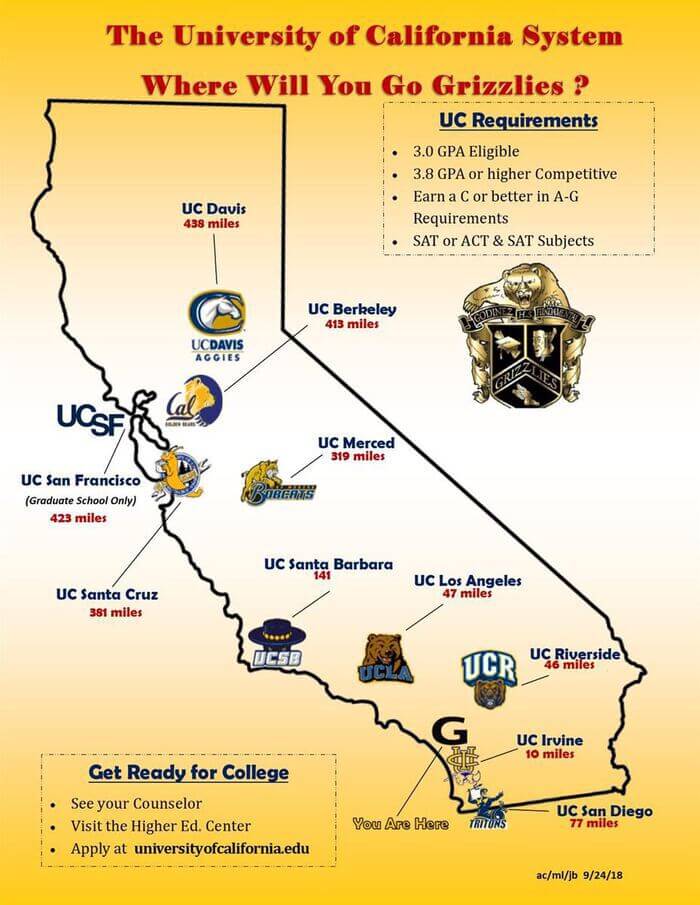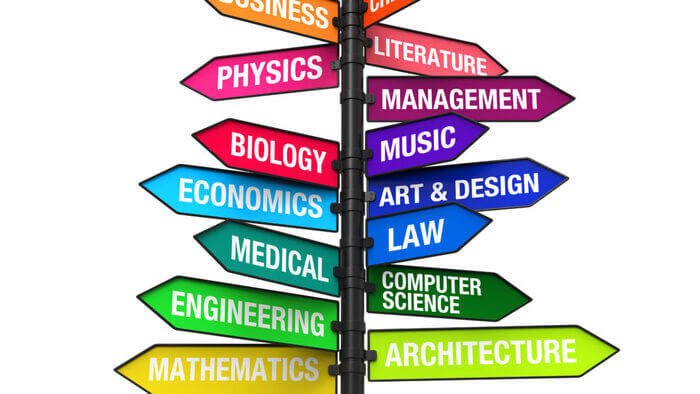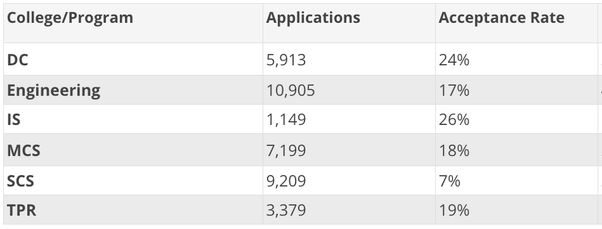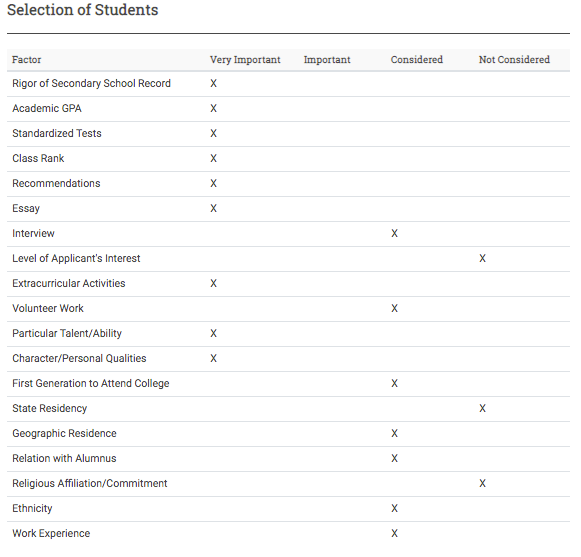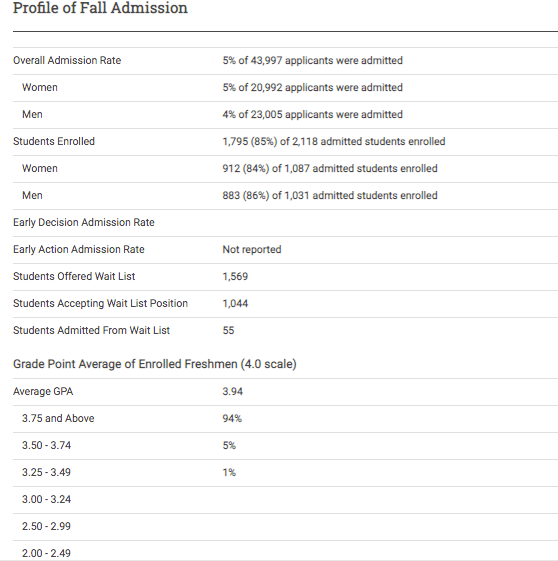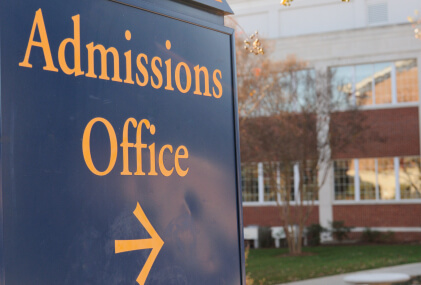
The 2019-2020 admissions cycle for the
Class of 2024
was one of the
most competitive ever
, with more and more students from around the world applying to top universities and elite colleges with a limited number of spots.
The 2020-21 cycle is shaping up to be an even more competitive year for admissions to
Ivy League schools and other top universities,
especially with the uncertainty surrounding COVID-19. Read on to learn more about the admission rate of top colleges in the US and UK.
Ivy League Schools

Harvard Acceptance Rate
The 2019-2020 Harvard acceptance rate was
4.9%
. This was
slightly higher
than the previous year, which was
4.5%
. A total of 40,248 students applied for 1,980 spots in the Class of 2024.
(Source)
Yale Acceptance Rate
The 2019-2020 Yale acceptance rate was
6.5%
. This was
slightly higher
than the previous year, which was
5.9%
. A total of 35,220 students applied for 2,304 spots in the Class of 2024.
(Source)
Princeton Acceptance Rate
The 2019-2020 Princeton acceptance rate was
5.6%
. This was
slightly lower
than the previous year, which was
5.8%
. A total of 32,836 students applied for 1,823 spots in the Class of 2024.
(Source)
Columbia Acceptance Rate
The 2019-2020 Columbia acceptance rate was
6.1%
. This was
higher
than the previous year, which was
5.1%
. A total of 40,084 students applied for 2,465 spots in the Class of 2024.
(Source)
Penn Acceptance Rate
The 2019-2020 University of Pennsylvania acceptance rate was
8.1%
. This was
slightly higher
than the previous year, which was
7.4%
.
(Source)
Brown Acceptance Rate
The 2019-2020 Brown acceptance rate was
6.9%
. This was
slightly higher
than the previous year, which was
6.6%
. A total of 36,794 students applied for 2,533 spots in the Class of 2024.
(Source)
Dartmouth Acceptance Rate
The 2019-2020 Dartmouth acceptance rate was
8.8%
. This was
higher
than the previous year, which was
7.9%%
. A total of 21,394 students applied for 1,881 spots in the Class of 2024.
(Source)
Cornell Acceptance Rate
The 2019-2020 Cornell acceptance rate has not been published, as
part of a move by administrators
to not release regular decision results until the following admissions cycle. However, Cornell did release its Early Decision results, which showed an ED acceptance rate of
23.8%
. This was
higher
than the previous year, which was
22.6%
. A total of 6,615 students applied for 1,576 Early Decision spots in the Class of 2024.
(Source)
Top US Colleges (Non-Ivy, Private)

Stanford Acceptance Rate
The 2019-2020 Stanford acceptance rate has not been published, as
part of a move by administrators
to not release acceptance rate statistics. However, Stanford did release its results for the previous year, which showed that 47,498 total students applied for 1,900 spots in the Class of 2023, for an acceptance rate of
4%
.
(Source)
MIT Acceptance Rate
The 2019-2020 MIT acceptance rate was
7.2%
. This was
slightly higher
than the previous year, which was
6.6%
. A total of 20,075 students applied for 1,457 spots in the Class of 2024.
(Source)
USC Acceptance Rate
The 2019-2020 USC acceptance rate was
16%
. This was
significantly higher
than the previous year, which was
11%
. A total of 60,000 students applied for 9,500 spots in the Class of 2024.
(Source)
Duke Acceptance Rate
The 2019-2020 Duke acceptance rate was
7.7
%. This was
the same
as the previous year, which was
7.7%
. A total of 39,783 students applied for 3,057 spots in the Class of 2024.
(Source)
Notre Dame Acceptance Rate
The 2019-2020 Notre Dame acceptance rate was
16.5%
. This was
higher
than the previous year, which was
15.4%
. A total of 21,270 students applied for 3,507 spots in the Class of 2024.
(Source)
NYU Acceptance Rate
The 2019-2020 NYU acceptance rate was
15%
. This was
lower
than the previous year, which was
16%
. A total of 85,000 students applied for 13,000 spots in the Class of 2024.
(Source)
Georgetown Acceptance Rate
The 2019-2020 Georgetown acceptance rate was
15%
. This was
higher
than the previous year, which was
14.1%
. A total of 23,318 students applied for 3,309 spots in the Class of 2024.
(Source)
Johns Hopkins Acceptance Rate
The 2019-2020 Johns Hopkins University acceptance rate was
8.8%
. This was
slightly lower
than the previous year, which was
9.2%
. A total of 27,256 students applied for 2,604 spots in the Class of 2024.
(Source)
University of Chicago Acceptance Rate
The 2019-2020 University of Chicago acceptance rate was
6.2%
. This was
slightly higher
than the previous year, which was
5.9%
. A total of 34,400 students applied for 2,130 spots in the Class of 2024.
(Source)
Top US Colleges (Public)

UCLA Acceptance Rate
The 2019-2020 UCLA acceptance rate has not yet been published. The previous year, the acceptance rate was
12.4%
. A total of 108,837 students applied for the Class of 2024, which was
slightly lower
than the previous year at 111,306.
(Source 1)
(Source 2)
UC Berkeley Acceptance Rate
The 2019-2020 UC acceptance rate has not yet been published. The previous year, the acceptance rate was
16.4%
. A total of 88,026 students applied for the Class of 2024, which was
slightly higher
than the previous year at 87,393.
(Source 1)
(Source 2)
UVA Acceptance Rate
The 2019-2020 UVA acceptance rate was
20.5%
. This was
significantly lower
than the previous year, which was
24.3%
. A total of 40,971 students applied for 8,420 spots in the Class of 2024.
(Source)
Oxbridge

Oxford Acceptance Rate
The 2019-2020 Oxford acceptance rate has not been published. For the previous year, there were 23,020 total applications for 3,889 spots in the Class of 2023, for an acceptance rate of
16.9%
.
(Source)
Cambridge Acceptance Rate
The 2019-2020 Cambridge acceptance rate has not been published. For the previous year, there were 19,359 total applications for 4,694 spots in the Class of 2023, for an acceptance rate of
18.2%
.
(Source)
If you want direct feedback on your essays from current Ivy League students, or want to work 1-on-1 with an experienced mentor to craft your application,
learn more about us here
or
click here to schedule a free 20-minute consultation

